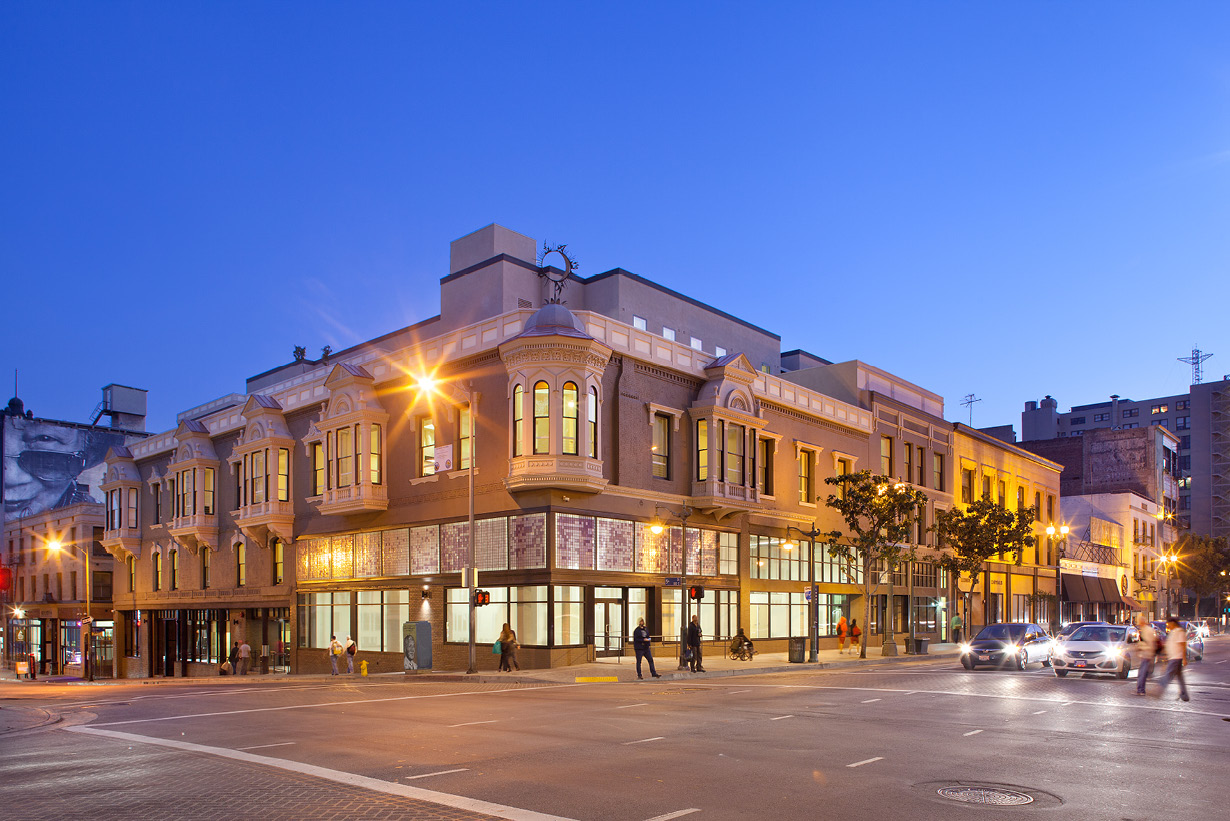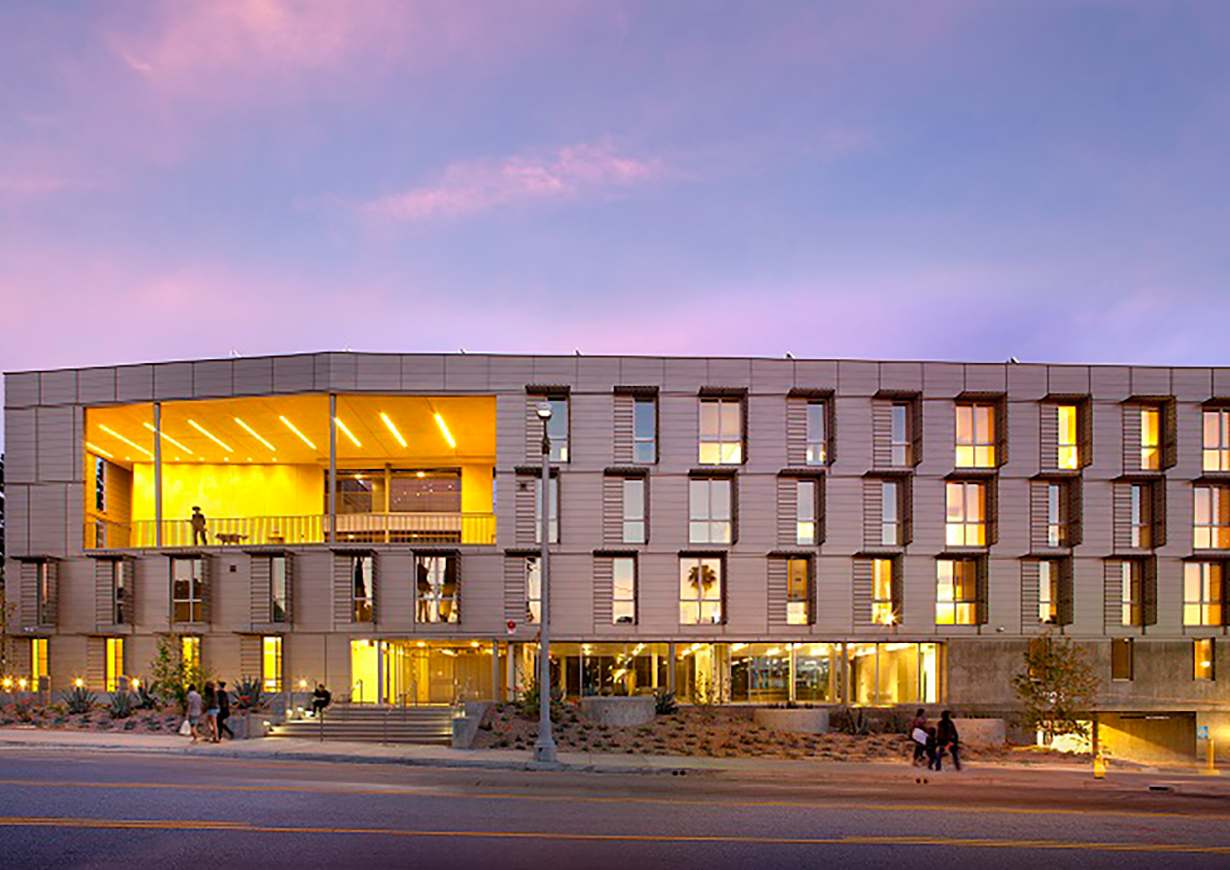In addition to these projects, KFA will receive the John Chase Creative Community Award from West Hollywood Community Corporation on March 21. KFA Partner Wade Killefer, FAIA, discusses how affordable housing can benefit those who live there and the communities surrounding them.
Can new affordable housing be designed in ways that are accepted by surrounding communities?
An architect should always join with the developer to engage in multiple meetings with community stakeholders prior to final design. At Hollywood’s Villas at Gower – permanent supportive housing serving youth, adults and families who are homeless and have special needs – meetings produced an “edgy” urban building with metal siding and large public spaces. This complemented design already existing in the neighborhood. In many cases, affordable developments are replacing blighted real estate with attractive, modern buildings. Architects should emphasize that their product is adding a stable group of new residents that are invested in keeping their community safe and clean.
What are some of the issues in adapting older buildings to new affordable housing?
That is almost always a win-win-win for communities, developers and neighborhoods. But it’s not always easy. In Long Beach, where we adapted an underused 1922 community church into much-needed senior residences (Immanuel Senior Housing), there were many challenges, but many rewards. Our design will preserve beautiful, stained-glass windows, huge, exposed trusses, as well as the church’s magnificent historic organ. All of these will be incorporated into a community space that complements the new housing.
The New Pershing Apartments is a $28 million transformation of the 1889 Pershing Hotel. In order to preserve the Victorian façade, new steel support beams support the walls upright, and the new structure is attached to the exterior. In this case, the community has a rare jewel, with extravagant craftsmanship that it no longer in use. On the inside, residents have a highly functional space with wide corridors. This allows them to see each other, know each other and build community.
What are some of the amenities designed into new affordable housing?
One important addition is a community garden. Places where people can grow their own produce and flowers are now one of the most desired attractions for communities of all income levels. Gardens do not need to be huge. Often just a set of small planters can make a big difference in the quality of life.
What about security issues?
It is crucial to design for visibility. Courtyards that are visible to the street serve a similar purpose: They bring people together and they allow them to watch out for each other. They also add natural light to the building. Front doors of individual units should be visible to each other as much as possible. Community rooms can both look out onto the street and inwards toward a central courtyard. Elevators should also open to these social spaces. It all helps people see who is coming and going so that residents both inside and outside the building have a more secure environment.

